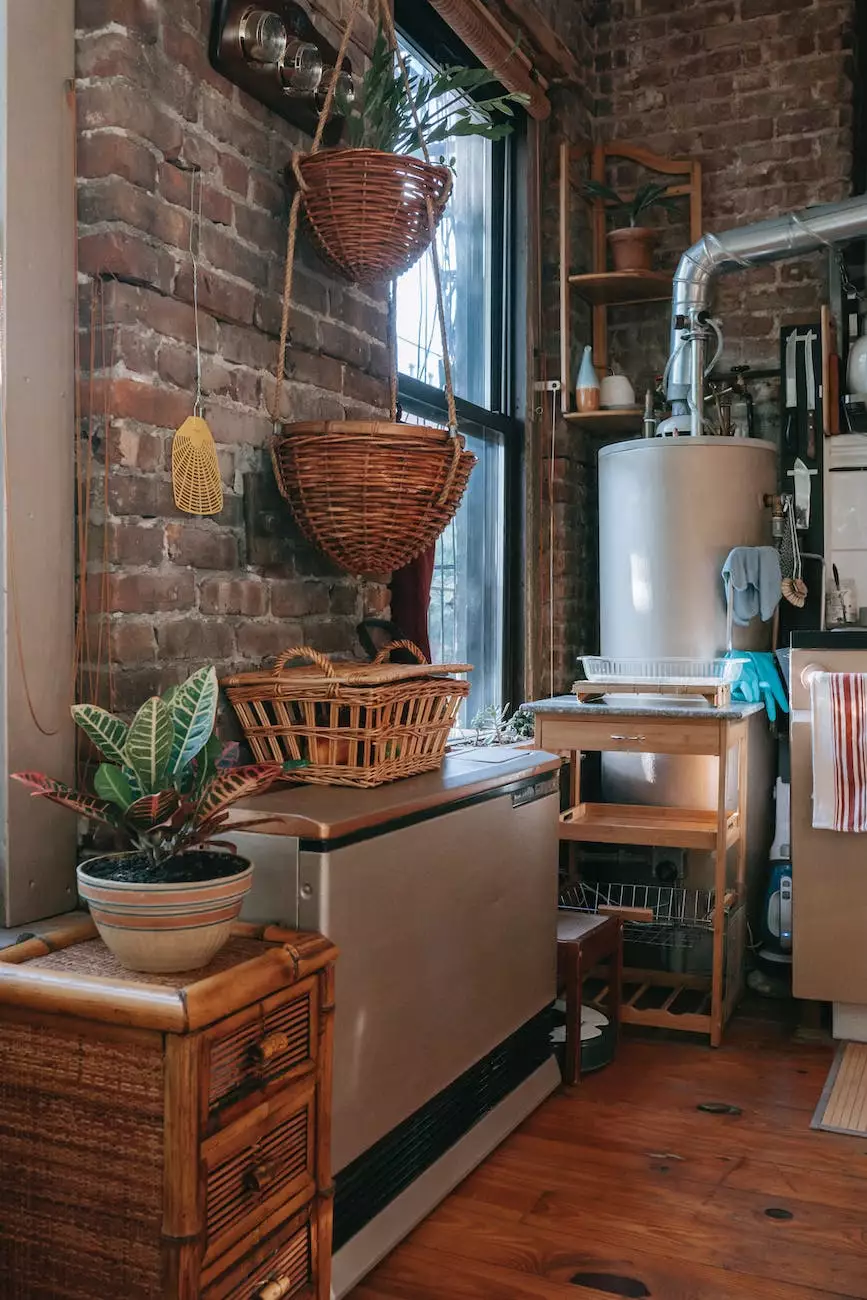Definition of the term Cupola
Services Offered
Welcome to Nicholas Home Inspection & Consulting, your trusted partner in Business and Consumer Services - Consulting & Analytical services. We are committed to delivering comprehensive and reliable information to help you make informed decisions. In this article, we will explore the definition and significance of the term 'Cupola' in the context of architecture and design.
What is a Cupola?
A cupola is an architectural feature that is often seen atop buildings, adding aesthetic appeal and functional benefits. It is generally a dome-like structure mounted on rooftops, creating a distinct visual element. Cupolas can be found in various architectural styles, such as classical, Renaissance, Gothic, and modern designs. They have been prevalent for centuries and continue to be used in both residential and commercial structures.
Historical Significance of Cupolas
Throughout history, cupolas have served multiple purposes, ranging from religious symbolism to practical functions. In ancient civilizations, such as Ancient Greece and Rome, cupolas were often incorporated into temples and sacred buildings. These cupolas represented a link between the human and divine realms, providing a sense of spiritual connection.
During the Renaissance period, cupolas became more prominent and were used to showcase the achievements of architects and builders. Examples of famous cupolas from this era include the dome of the Florence Cathedral and St. Peter's Basilica in Vatican City.
In more recent times, cupolas have transitioned into functional elements of buildings. They serve several purposes, such as providing natural light, ventilation, and a sense of grandeur. Cupolas are often fitted with windows or louvers, allowing for the flow of fresh air and the release of hot air, thus improving the overall climate control within a structure.
Architectural Elements of Cupolas
A cupola typically consists of several architectural elements that work together to create its unique appearance and functionality. These elements include:
- Dome: The dome is the central part of the cupola and provides the distinctive shape that is often associated with this architectural feature. It can be spherical, elongated, or have a distinct polygonal form, depending on the design.
- Base: The base is the foundation on which the cupola sits. It is usually wider than the dome and serves as a transition between the cupola and the main roof of the building.
- Windows or Louvers: Cupolas may contain windows or louvers to allow the passage of light and air. These features can be functional or purely decorative, depending on the specific design.
- Finial: The finial is an ornamental feature located at the top of the cupola. It adds an extra touch of elegance and often serves as a focal point.
Contemporary Uses of Cupolas
In modern architecture, cupolas continue to be cherished for their aesthetic appeal and practical benefits. They can be found in a wide range of structures, including residential homes, government buildings, churches, and commercial establishments.
Residential cupolas are often utilized to bring natural light into attics or provide ventilation to enclosed spaces. Many homeowners appreciate the charm and character that cupolas bring to their properties, enhancing the overall architectural design.
Commercial buildings frequently feature cupolas as part of their branding and architectural identity. These cupolas can be customized with company logos, signage, or even functional elements like weather stations or rooftop access.
Choosing the Right Cupola for Your Building
If you are considering adding a cupola to your building, it is vital to choose the right design and size that complements the overall architecture and style. Factors to consider include the scale of the building, surrounding landscaping, and the intended functionality of the cupola.
Working with a reputable architectural consultant, such as Nicholas Home Inspection & Consulting, can provide valuable insights and guidance during the selection and installation process. Our team of experts has extensive experience in analyzing architectural elements, ensuring that your cupola enhances the overall aesthetics and functionality of your building.
Conclusion
In summary, a cupola is an architectural feature that adds visual appeal and functionality to buildings. From its historical significance to its modern applications, cupolas continue to be valued components of architectural design. Whether you are looking to enhance the aesthetic appeal of your residential property or improve the branding of your commercial building, a well-selected cupola can make a significant impact.
At Nicholas Home Inspection & Consulting, we understand the importance of every architectural decision. Contact us today to explore how we can assist you in selecting and installing the perfect cupola for your building, ensuring a seamless integration of style and functionality.




